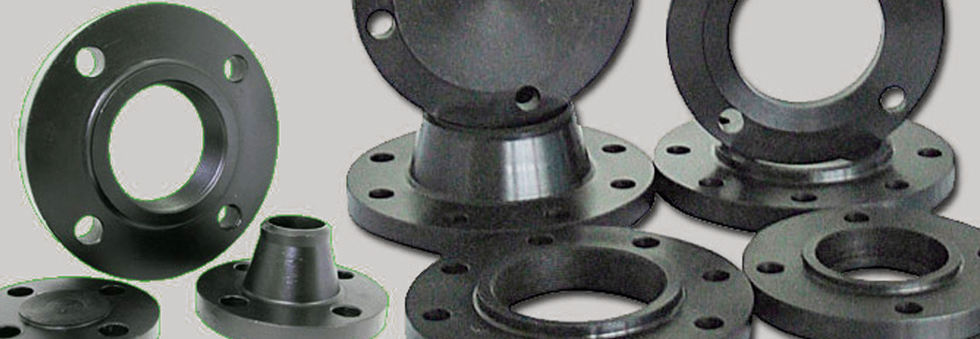The basics of carbon steel flanges: types, grades, and applications

Carbon steel flanges are an integral part of pipeline construction and maintenance. They are used to connect pipes and pipe sections, and to change the direction or diameter of the pipeline. They are widely used in the oil and gas, power generation, and chemical industries.
There are several types of carbon steel flanges, including:
- Slip-on flanges
- Weld neck flanges
- Lap joint flanges
- Socket weld flanges
- Threaded flanges
- Orifice flanges
Each type of flange has its own unique characteristics and is used in different applications. Slip-on flanges, for example, are easy to install and are commonly used in low-pressure systems. Weld neck flanges, on the other hand, have a tapered hub and are used in high-pressure and high-temperature systems.
When it comes to grades of carbon steel, there are several options available. The most commonly used grade of carbon steel for flanges is ASTM A105. This is a standard grade for moderate to high-temperature services. Other grades, such as ASTM A350, are also used for low-temperature services. Additionally, high-yield strength grades such as ASTM A694 F52 and ASTM A694 F60, are used for high-pressure systems.
It is important to choose the right grade of carbon steel for the specific application and environment where the flanges will be used. Consult with a professional engineer for more specific recommendations.
Overall, carbon steel flanges are widely used in many industrial sectors due to their strength, durability and relatively low cost, however, it is important to understand the application and environment where they will be used in order to choose the right type and grade of flanges.